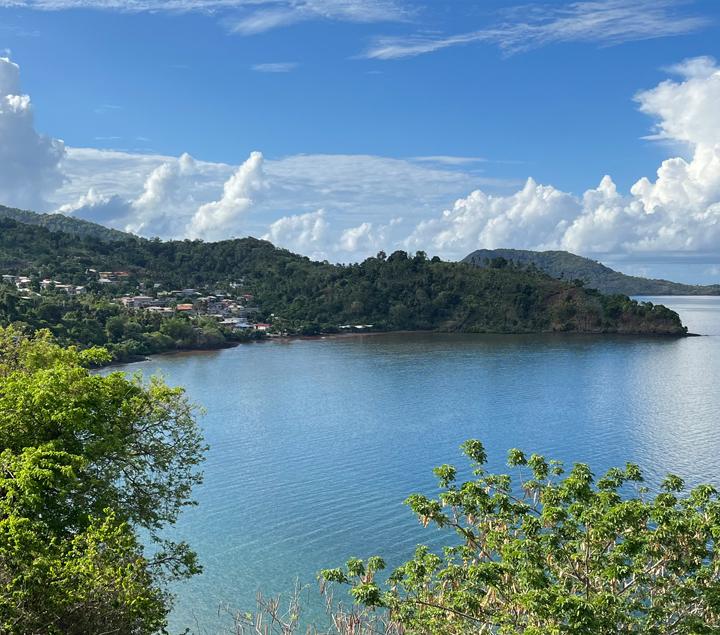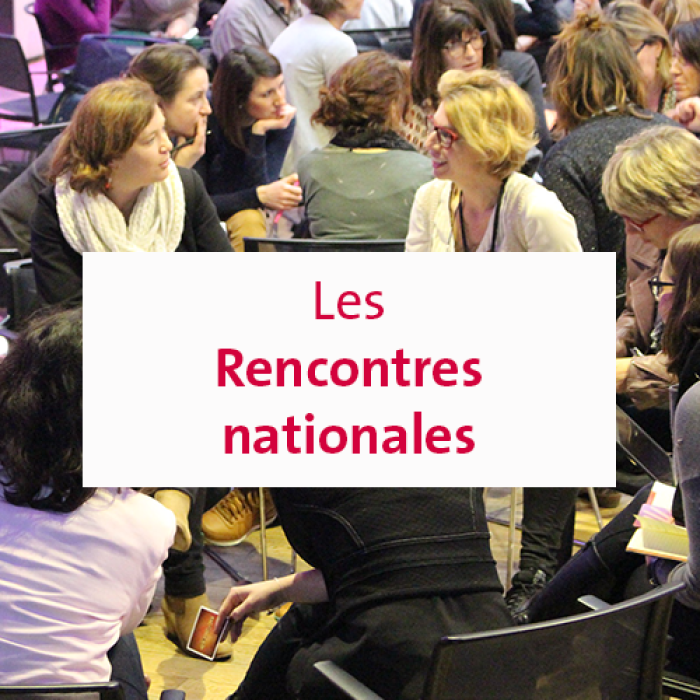
Communication between tradition and innovation in the Indian Ocean
Commonality visited Mamoudzou, the economic capital of Mayotte, an island off the east coast of the African continent, close to Madagascar. Mayotte is an overseas department and region of France. During the visit, a meeting with public communicators led to an interesting and constructive debate, revealing the conditions under which they work.
Combining communication channels
Compared to the debates that dominate public communication networks in Europe, for example, the situation is different in Mayotte: “We face very different challenges, and the examples given by these networks are often ideal actions for us, but divorced from our reality”, says one communicator from the department. The main concern of communicators here is the need to adapt communications to suit their audience. Some even say that they should use as many channels as they have targets: from word of mouth to social media. In this respect, we might describe Mayotte as innovative in the way it combines all these channels, from the most archaic to the most hi-tech. It is clear that communicators in Mayotte have developed true agility in dealing with audiences who speak different languages (French, Maori, Bushi and Arabic) and have a different and sometimes difficult relationship with reading.
Between past and future
This inventiveness and pragmatism go a long way: “We want to find out from the people of Mayotte how they would like to be kept informed”, says another participant. Interactions and relations with citizens come up against a significant local problem: the relationship between tradition and modernity. The vernacular means of communication coexist with contemporary tools, somewhere between ancient practices and new developments.
Our traditions are a starting point for innovation, and we can even offer new models.
How, for example, do you effectively warn someone living alone in the mangrove about a natural hazard? In a small rural town, a communications director is very likely to collect the mobile phone numbers of all the young residents and send information directly to them, knowing that they will relay it to those elders living in isolated areas. “Our traditions are a starting point for innovation, and we can even offer new models.”
During this exchange between local public communicators, it was not the latest news from the island that was discussed (lack of security, the fight against illegal immigration), but rather professional matters. Public communicators in Mayotte are under great pressure, but they never lose sight of their objectives.




